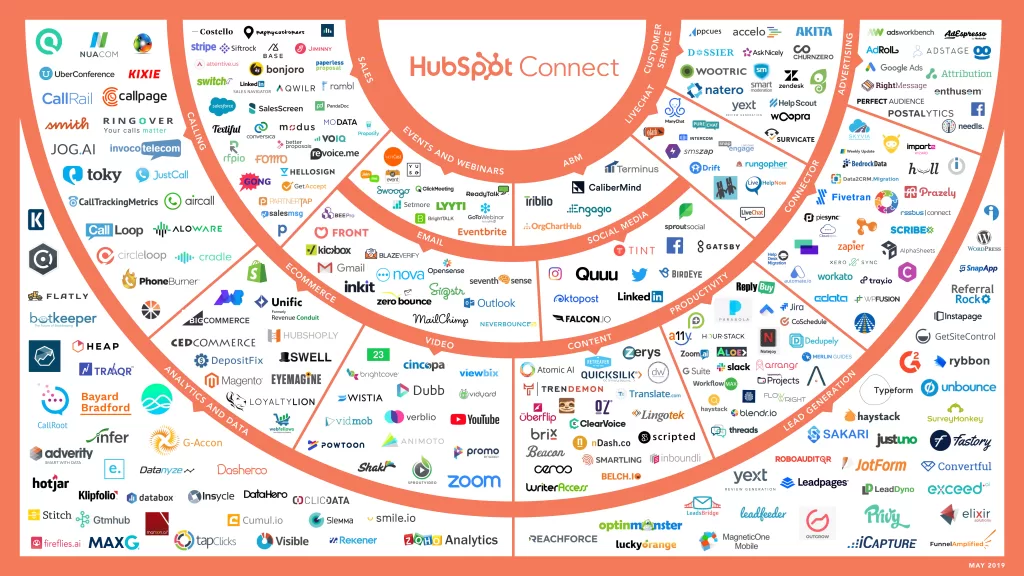How can you make your solution more “sticky”?
DON’T use manipulative dark patterns: The practice where a cancellation process is intentionally made difficult. For example, making it challenging to locate cancellation buttons, requiring customers to call in and cancel, and, even worse, inadequately staffing these cancellation call centers, leading to long wait times for customers on hold.”
DO instead:
Develop Feedback Loops for Your Offerings
Never assume you know what customers want; be open to listening and understanding their needs. This is the most crucial step in developing the best possible offerings and user experience. Through this, you can also find ways to better integrate your offering into their existing habits and lifestyles.
The variety of tools at your disposal includes, but are not limited to: interviews, user observations, surveys, ratings, and reviews.
Integrate
Consider how you can better tie your solution into your customer’s existing workflows/systems/processes/technologies. The tighter your integration, the harder it is to switch to an alternative because it would require reorientation, training, and reintegration.
For example, if you sell accounting software, consider providing features such as invoicing, payroll management, or POS (Point of Sale) solutions. These can be included or offered as strategic cross-sells, adding more value to your customers whilst reducing the likelihood of them seeking alternatives.
Eventbrite is another example, they offer not only event publishing but also attendee tracking (custom registration questions, check-in), pre/post-event communication, and event marketing.
HubSpot is yet another example, they are not only a CRM, but also a landing page builder, a social media dashboard, workflow automation, a sales pipeline, and more.

Create Communities or Nurture Existing Ones
Leverage community mechanics whereby you’re getting your users/customers to be a part of something bigger than themselves (and even possibly something bigger than your brand). Communities are sticky. It’s hard for someone to move into another community (even if it’s for a similar cause/topic that they’re passionate about) because they’ve already established relationships and their reputation in their current community. All this needs to be done again from scratch if they migrate to another community.
Patagonia Action Works is a great example of an organization empowering the community to do good while strengthening the brand. It serves as a focal point for content & learning, connecting volunteers, discovering events, and more.
Cultivate a Strong Brand Identity
If you have a good solution, competitors will eventually move into your space. Ideas, design, and technology can be replicated. However, a reputation/brand is much harder to mimic. Be intentional and start cultivating your brand angle and identity early. Leverage Trademarks, Copyright, and Industrial Design strategically to strengthen and defend your brand.
Consumers will still prefer to buy from you if you’ve done a good job establishing trust, built a reputation around quality, and fostered a brand image that consumers resonate with. It’s more important to move fast to establish this reputation early rather than being overly stealthy and hung up on patents.
Example: Allbirds isn’t the first and certainly not the last sneaker company. However, they’ve done an excellent job of clearly cementing their brand identity in that space.
Activation & Habit Creation
Activation is slightly different from Acquisition. You could be great at marketing and getting someone to download your widget or buy your product, but if they never actually use it, they haven’t truly “Activated”.
Basic Activation would be a customer using your product and getting value out of it. For instance, booking a meeting using your software or going skiing with your new product. Take it further by identifying habitual Activation. I’ll elaborate with an example:
Foodee, a Vancouver-based corporate catering company, defined activation as the first time a customer would use their platform to make a catering order. They analyzed their long-term customers vs. customers that tried but discontinued shortly after, and discovered a key behavioral factor that separated the two. Those who had made at least 3 orders on their platform were much more likely to stay on as long-term customers. Learning about this enabled them to implement initiatives that better encouraged new users to get to that 3-order mark and become more loyal customers.
What’s going on here? If you have a great solution that isn’t used frequently, customers may still forget about it. Identifying your Habitual Activation point enables you to implement initiatives that will help keep your solution top-of-mind for your customers and create a habit around using your product every time they face the need for your solution in their daily lives.
What could this look like in implementation? Say you have a healthy breakfast cereal product. To encourage repeat purchases of your cereal, you could include a collectible giveaway with the purchase of each box. This would encourage customers to buy more often to collect them and, while doing so, entrench your brand as a staple product to get every time they’re at the grocery store. That’s just one idea. Of course, success depends heavily on understanding your target users and what they would value as a collectible in this giveaway campaign.
ASSIGNMENT
What specific ideas, initiatives, partnerships, or campaigns do you want to explore to improve retention?
